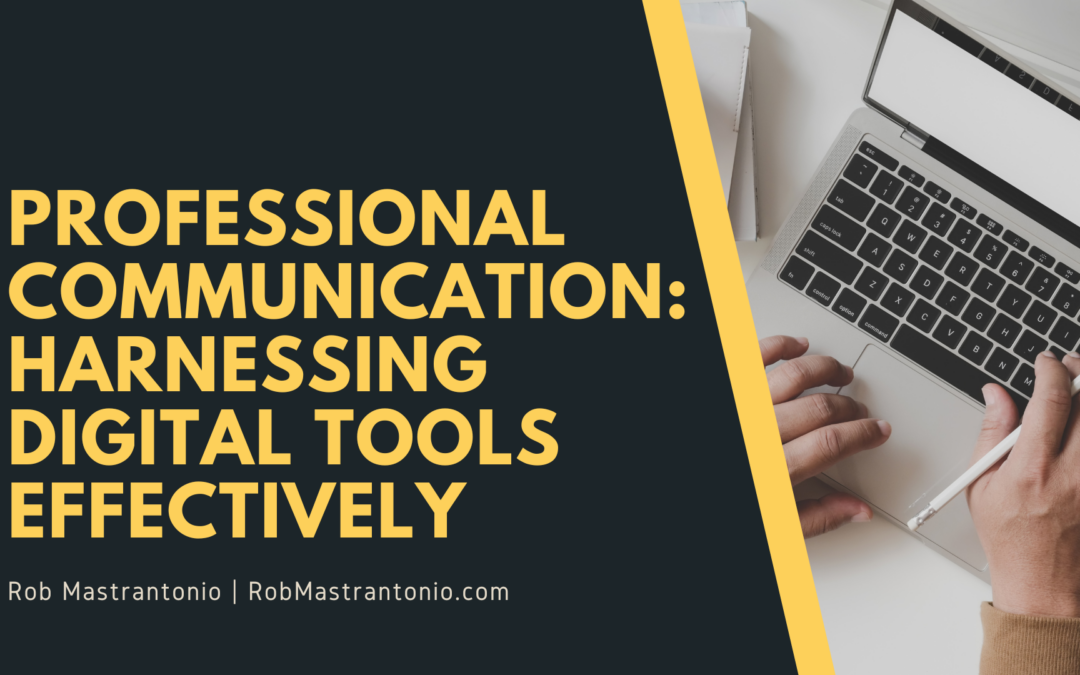In today’s interconnected world, professional communication has evolved significantly, with digital tools playing a pivotal role in facilitating efficient and effective interaction among individuals and organizations. Harnessing these digital tools effectively v professionalism in various work environments.
Here’s an exploration of how leveraging digital tools can optimize professional communication:
Email Communication: Email remains a primary mode of professional communication. To use it effectively, ensure clarity and brevity in your messages. Use concise subject lines, address recipients directly, and structure emails logically. Additionally, utilize features such as folders and filters to organize and prioritize incoming messages.
Instant Messaging and Chat Platforms: Slack, Microsoft Teams, or Google Chat are invaluable for real-time communication and collaboration. Utilize these tools for quick queries, sharing updates, and team discussions. However, maintain professionalism by adhering to appropriate language and tone in these informal communication channels.
Video Conferencing and Virtual Meetings: Tools such as Zoom, Microsoft Teams, or Google Meet facilitate face-to-face interactions regardless of geographical barriers. To harness them effectively, ensure a stable internet connection, proper lighting, and a professional background. Practice virtual meeting etiquette by being punctual, actively participating, and minimizing distractions.
Collaboration and Project Management Tools: Platforms like Asana, Trello, or Basecamp streamline workflow management, task assignment, and progress tracking. These tools enhance team collaboration by centralizing communication, organizing tasks, and ensuring accountability.
Social Media and Networking Platforms: LinkedIn and Twitter offer avenues for professional networking, sharing industry insights, and engaging with a broader professional community. Utilize these platforms to establish your professional brand, connect with industry peers, and stay updated on industry trends.
Document Sharing and Cloud Storage: Tools like Google Drive, Dropbox, or Microsoft OneDrive facilitate seamless sharing and collaboration of documents and files. Utilize these platforms to store, share, and collaborate on documents securely, promoting efficiency and version control.
Webinars and Online Presentations: Hosting webinars or online presentations using tools like Webex or GoToWebinar enables professionals to share knowledge, engage audiences, and showcase expertise. Prepare engaging content and utilize interactive features to enhance participant engagement.
Effectively harnessing these digital communication tools requires technological proficiency and understanding appropriate etiquette, ensuring professionalism in various digital interactions. By leveraging these tools effectively, individuals and organizations can enhance communication, collaboration, and productivity in today’s dynamic professional landscape.
